Unlocking the Power of "Why": A Guide to Selling Your Product or Service
![]()
You’ve poured your heart and soul into creating something special, a product or service that you believe in deeply. Now, the challenge is to share that passion with potential customers and convince them to invest in what you offer. This is where the art of communicating features and benefits comes into play.
It’s not enough to simply list out the technical specifications or functional aspects of your product. You need to connect with your audience on an emotional level, highlighting the "why" behind your creation.
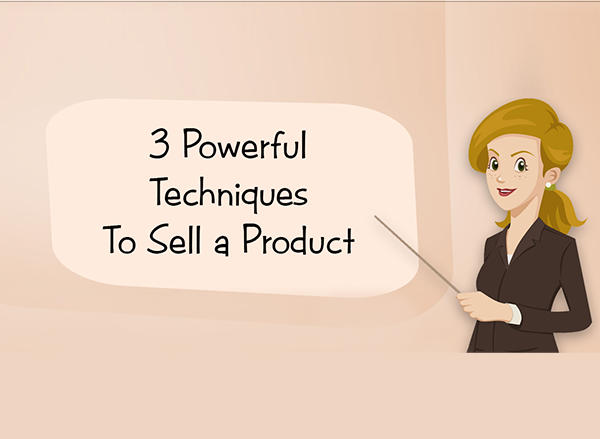
Think of it like this:
- Features are the nuts and bolts, the tangible aspects of your product or service. They answer the question "What does it do?"
- Benefits are the value proposition, the intangible results your customer will experience. They answer the question "What’s in it for me?"
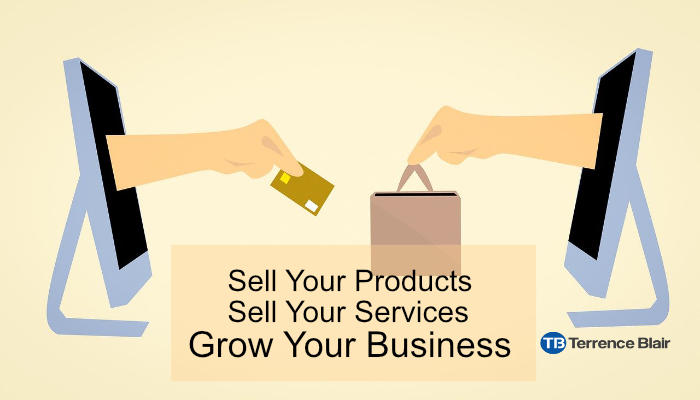
Here’s how to effectively communicate features and benefits:

1. Identify Your Ideal Customer:
Before you start crafting your message, you need to understand who you’re talking to. Who is your ideal customer? What are their needs, desires, and pain points? What are their motivations for purchasing a product or service like yours?
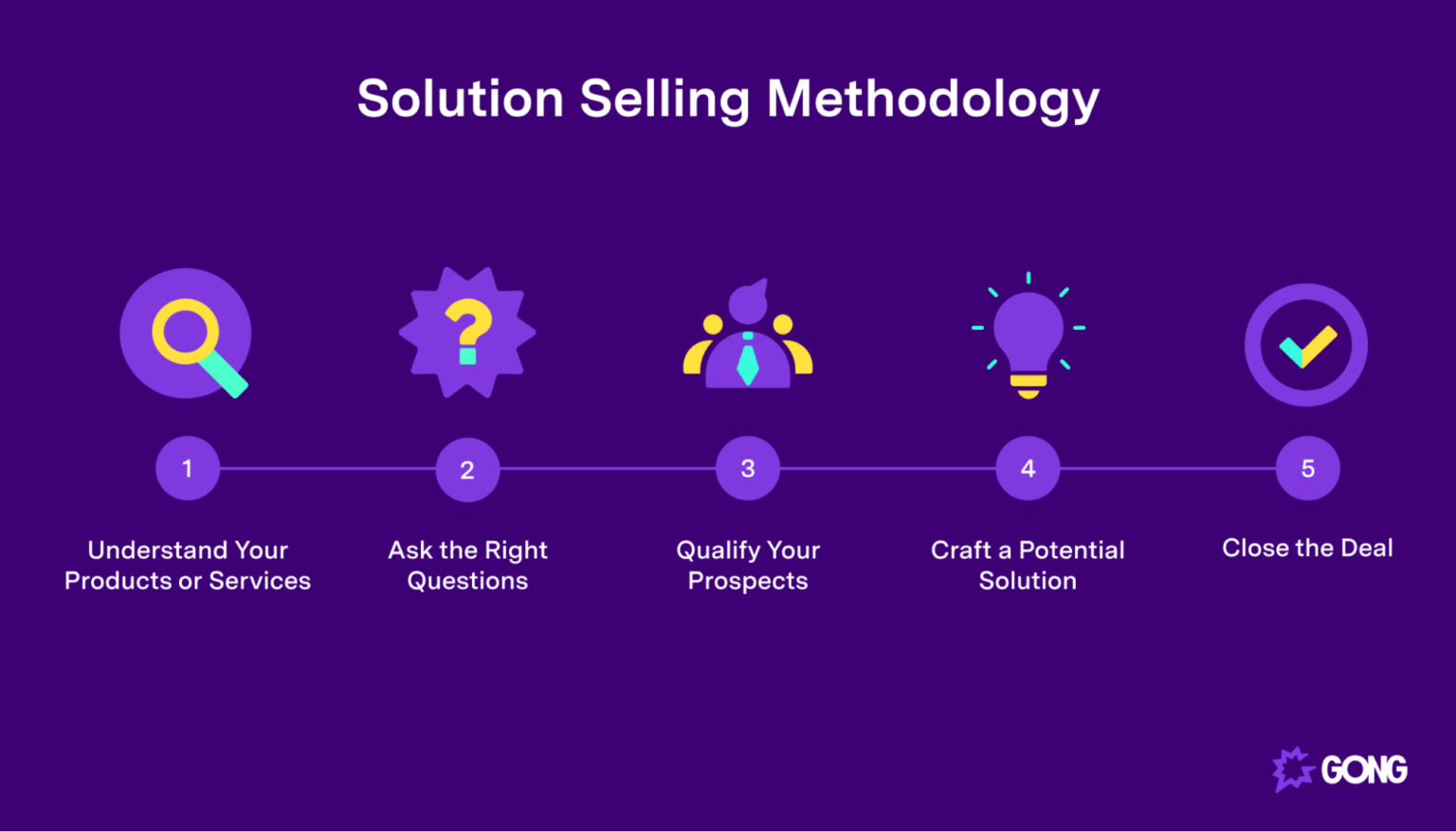
Example:
- Product: A high-end, minimalist kitchen faucet
- Ideal Customer: A busy professional who values style, functionality, and durability. They are likely interested in sustainable products and appreciate high-quality craftsmanship.
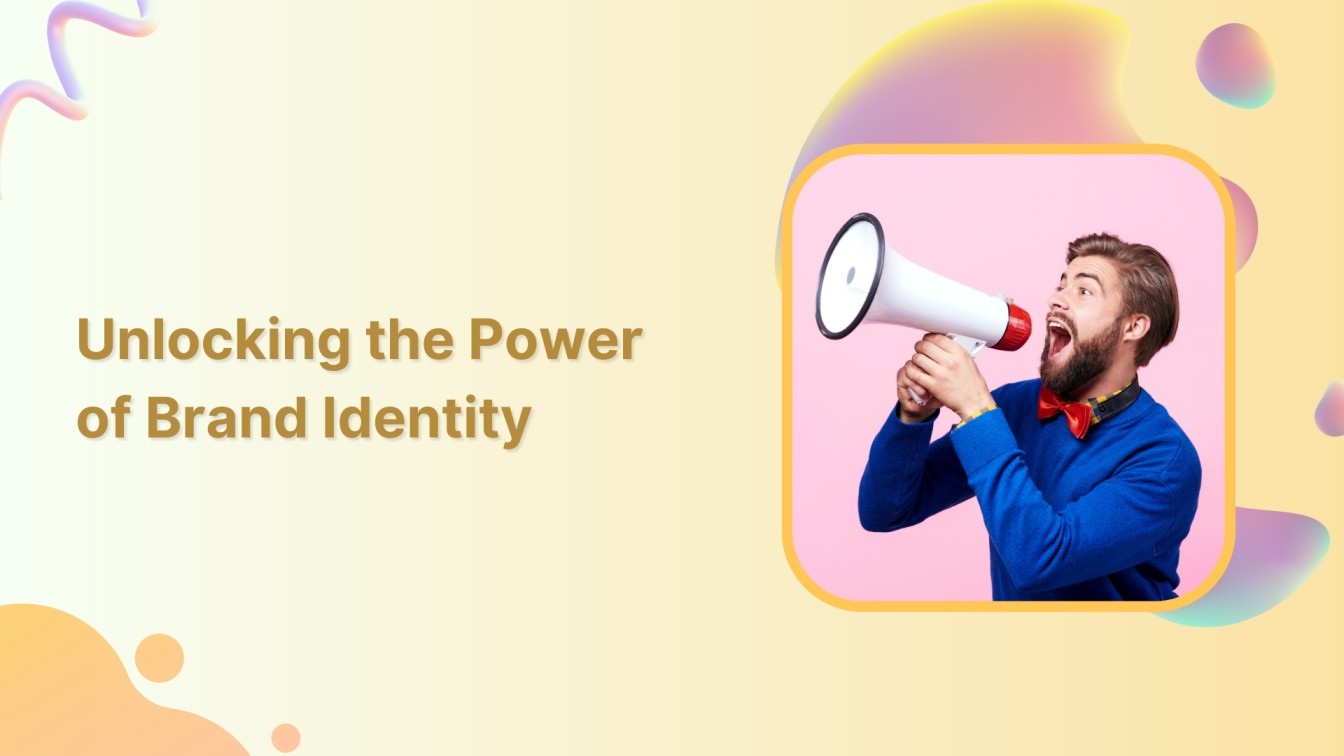


2. Uncover the "Why" Behind Your Product:
What problem does your product or service solve? What need does it fulfill? What makes it unique and valuable?

Example:
- Product: A high-end, minimalist kitchen faucet
- "Why": This faucet not only elevates the aesthetic of your kitchen but also offers a streamlined, user-friendly experience. Its durable construction ensures long-lasting performance, while its minimalist design complements modern kitchens.

3. Translate Features into Benefits:

This is where the magic happens. You need to take the technical aspects of your product and translate them into tangible benefits for your customer.
Example:
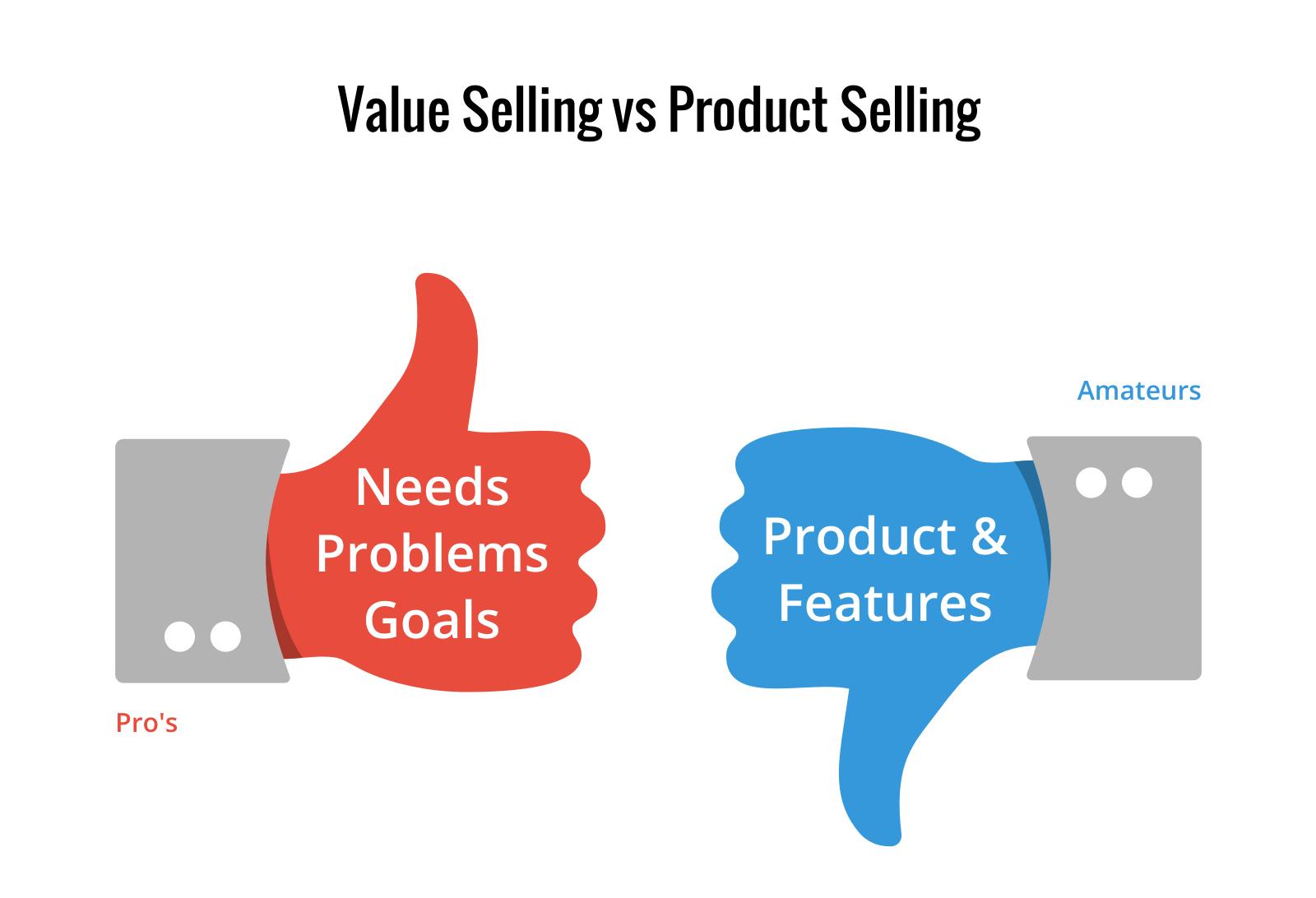
- Feature: "The faucet is made of solid brass with a durable chrome finish."
- Benefit: "This faucet will resist scratches and corrosion, ensuring it stays beautiful and functional for years to come."

4. Use Storytelling to Engage:
Stories are powerful tools for connecting with your audience. Instead of simply listing features and benefits, weave them into a narrative that highlights the emotional impact of your product or service.
Example:
- Story: "Imagine coming home after a long day, stepping into your kitchen, and turning on your sleek, minimalist faucet. The smooth, quiet flow of water instantly calms you, and the elegant design adds a touch of sophistication to your space. This isn’t just a faucet; it’s an experience."
5. Focus on the "Pain Points" and "Solutions":
What are the common challenges your ideal customer faces? How does your product or service address these challenges?
Example:
- Pain Point: "Many homeowners struggle with finding a faucet that combines both style and functionality."
- Solution: "Our faucet offers a sleek, modern design that seamlessly integrates into any kitchen, while its advanced features provide a smooth, efficient water flow."
6. Highlight Unique Selling Propositions (USPs):
What makes your product or service stand out from the competition? What are the key differentiators that make it truly unique?
Example:
- USP: "Our faucet is handcrafted using sustainable materials and eco-friendly manufacturing processes."
7. Provide Social Proof:
Testimonials, reviews, and case studies can be powerful tools for building trust and credibility. Share stories from satisfied customers who have benefited from your product or service.
Example:
- Testimonial: "I’ve been using this faucet for over a year now, and I absolutely love it. It’s not only stylish but also incredibly durable and easy to clean. It’s definitely the best faucet I’ve ever owned!"
8. Use Visuals and Demonstrations:
High-quality images, videos, and product demonstrations can help your audience visualize the benefits of your product or service.
Example:
- Video: A short video showcasing the faucet’s design, functionality, and installation process.
9. Be Clear and Concise:
Keep your messaging clear, concise, and easy to understand. Avoid technical jargon and focus on communicating the core value proposition.
10. Call to Action:
Don’t leave your audience hanging. Tell them what you want them to do next.
Example:
- Call to Action: "Visit our website today to learn more about our faucet and see how it can transform your kitchen."
Beyond Features and Benefits:
While features and benefits are crucial, it’s also important to consider the overall experience you want to create for your customers.
- Brand Storytelling: Develop a compelling brand narrative that resonates with your target audience.
- Emotional Connection: Connect with your customers on an emotional level by highlighting the values and aspirations your product or service embodies.
- Customer Service: Provide exceptional customer service that goes above and beyond expectations.
Remember:
Selling is about more than just highlighting features and benefits. It’s about building relationships, creating trust, and delivering value. By understanding your ideal customer, focusing on the "why" behind your product, and using effective communication strategies, you can effectively convey the value of your offering and drive sales.

